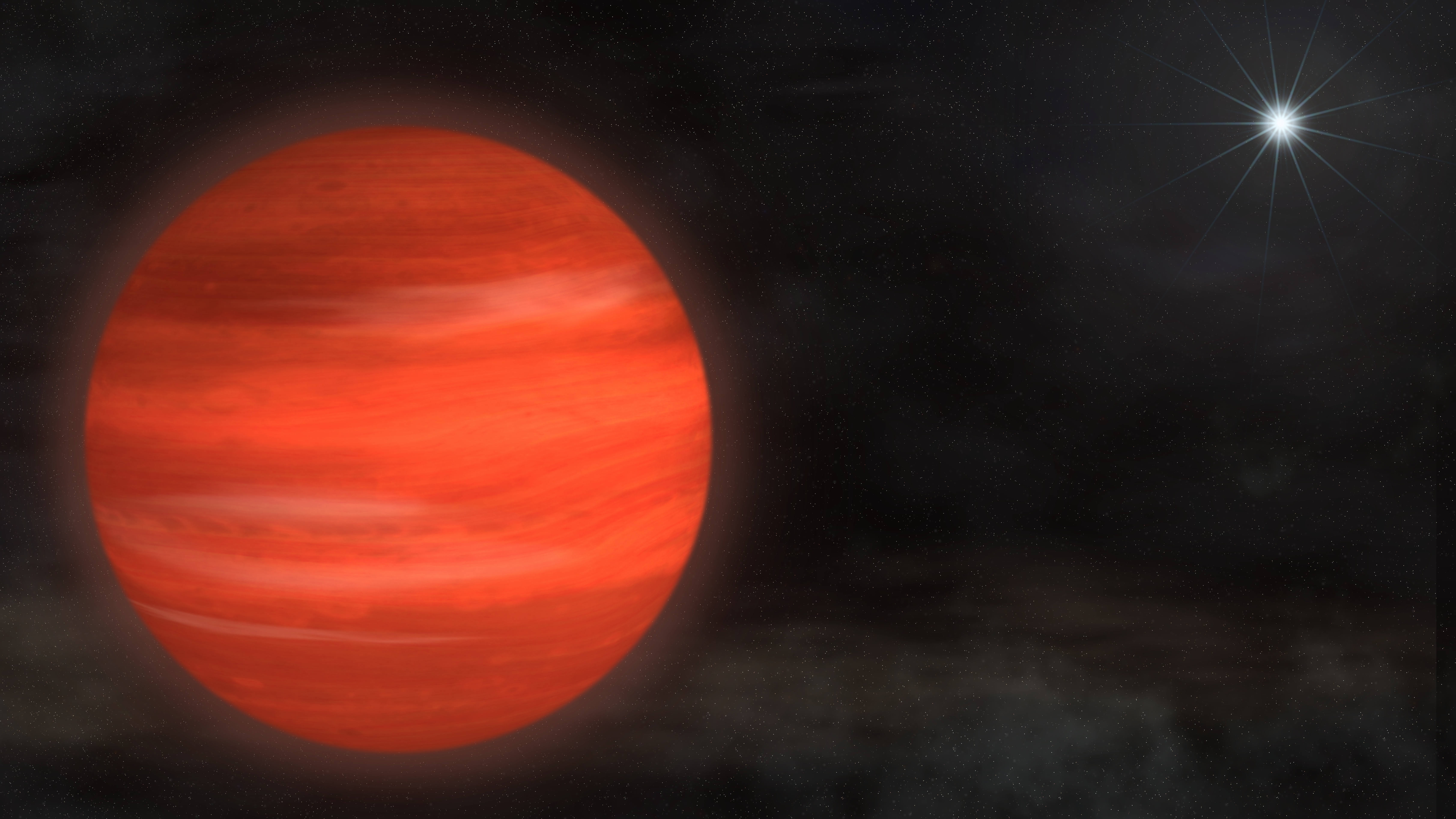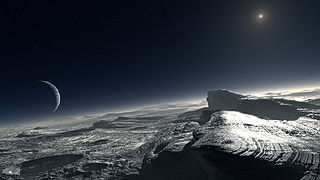When, in August 2006, the International Astronomical Union (IAU) formally set down the definition of a planet (and demoted Pluto to a dwarf planet for evermore), it may have seemed like a final act.
But, in fact, there were many other questions about how to define a planet that were left unanswered at the time – including the problems of exoplanets, double planets and isolated planets.
According to Ron Ekers, who was the President of the IAU 2006-2008, some of these questions were raised during the IAU’s General Assembly in Prague in 2006. But Ekers, who is also a CSIRO Fellow, says he had to curtail these debates in order to advance the discussions relevant to Pluto and the other trans-Neptunian objects.
“In a sense, these are more interesting scientific questions. But we realised that if we embarked on these, we’d be opening up Pandora’s Box,” Ekers says.
Some of these questions continue to be controversial, and at some point in the future an astronomer may discover an object that forces the IAU to open Pandora’s box and address them.
So, let’s look at some of the outstanding problems in defining a planet:
A round, red planet with a very distant star.
This object, Kappa Andromedae b, could be an exoplanet or a brown dwarf – until it is decided, it has been dubbed a ‘super-Jupiter’. Credit: NASA
The exoplanet problem
One of the grey areas in the current definition is how to know when an object should be deemed a planet, and when it should be deemed a star.
The most intrinsically satisfying solution would be to define a star as any object that produces energy through the process of nuclear fusion. In main sequence stars, such as our Sun, this is two hydrogen atoms that collide at such high speeds they join to form helium.
However, in a practical sense, it is difficult to observe nuclear fusion if only a small amount is occurring. Plus, for a sub-stellar mass, called a brown dwarf, there may not be enough mass to sustain hydrogen fusion, but it is predicted that hydrogen fusion may have once taken place, and other types of fusion may also be occurring.
There are also other nuclear processes going on in the centre of large-mass planets. In our own Solar System, the planets Jupiter and Saturn get a lot of internal energy from nuclear reactions in the form of radioactive decay.
So, this transition between a planet and a star is almost continual, and could cause issues in the future for the IAU to define all the objects beyond our Solar System.
Another problem with exoplanets is that, of course, objects in space are not static. One possible problem scenario is when two stars orbit close to each other, the larger star will often steal mass from the less massive star in a process call mass accretion. The smaller star can eventually shrink to a planet-sized mass. Without the additional force due to the acceleration from gravity, nuclear fusion could slow or stop altogether. In this situation, would the object be a planet?
An artist’s depiction of Charon, as seen from the surface of Pluto. In the distance is our Sun. Credit: ESO
The double planet problem
In 2006, there were proposals to call Pluto and its satellite Charon a double planet, or even a double dwarf planet.
In the end, however, the IAU drew a distinction between a satellite and a planet. It relies upon a physical property called the centre of mass, or barycentre: the point around which both objects orbit.
If the two objects have a centre of mass that falls at a point in space between them, then the objects are considered to be a double planet. On the other hand, if the centre of mass falls at a point within one of the objects, then that object is a planet and the other is its satellite.
According to this definition, no one has yet found (and registered with the IAU) a double planet system.
So, the Moon is a satellite because the centre of mass of the Moon-Earth resides below the surface of Earth. In 2006, the IAU determined that a satellite can also orbit a dwarf planet, which is the case with Pluto and its satellite Charon.
Unfortunately this definition is not entirely robust as we look to the distant future: the Moon migrates away from the Earth at the rate of about 4cm per year. As it does, the centre of mass of the Earth-Moon system moves with it. Eventually, in millions of years’ time, the Moon will have shifted just far enough away that the centre of mass will fall outside Earth and, by the IAU definition, the Moon and the Earth will become a double planet system.
But we all accept the Earth is a planet and the Moon is our satellite, so at some point in the future, Ekers says, the IAU will have to address this issue.
A gas giant, similar to Jupiter, against the background of a galactic plane.
An isolated planet in space. Credit: NASA
Isolated planet problem
An isolated planet is a round object with a similar mass to a planet, but which is not in orbit around a star or any other object. (These have also been referred to as rogue planets, free-floating planets, wandering planets, interstellar planets, nomad planets or orphan planets)
In the IAU’s definition of a planet, objects must satisfy three criteria: (1) it must be in orbit around the Sun, (2) it must be a roughly spherical shape, and (3) it has to have “cleared the neighbourhood” around its orbit.
The challenge to the planet definition would occur if a spherical object was discovered that had formed in an orbit around a star, cleared its orbit, but was then ejected from its solar system. In this case, the object would satisfy conditions (2) and (3), but not (1). Would these objects be called planets?
So far, astronomers have not found an isolated planet and conclusively proven that the object was originally part of a Solar System – though one object, CFBDSIR 2149-0403 has come close.
When astronomers do conclusively find an isolated planet, Ekers says the IAU may have to re-address the definition of a planet: “Does a planet have to have a star to be a planet?” He asks. “I’m very curious about what people think about that… an interesting question would be, ‘Would Earth stop being a planet if we were ejected, for example as a result of a close encounter with a very massive interloper, from our Solar System?’”
What do you think? What is a sensible use of the word planet?





Pingback: Pluto flyby on the Horizon | Universe @ CSIRO
Pingback: Pluto’s defining moment | Universe @ CSIRO